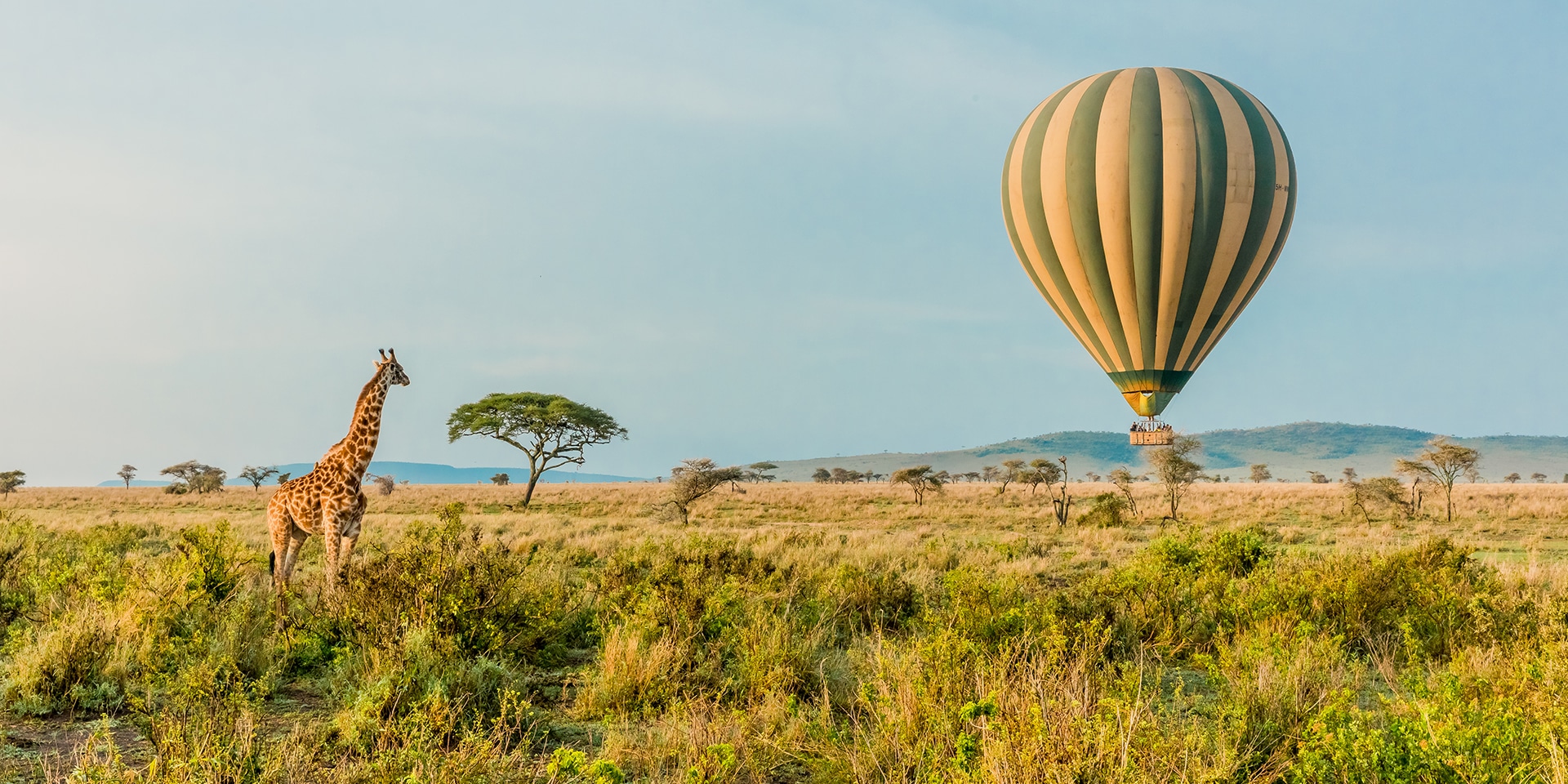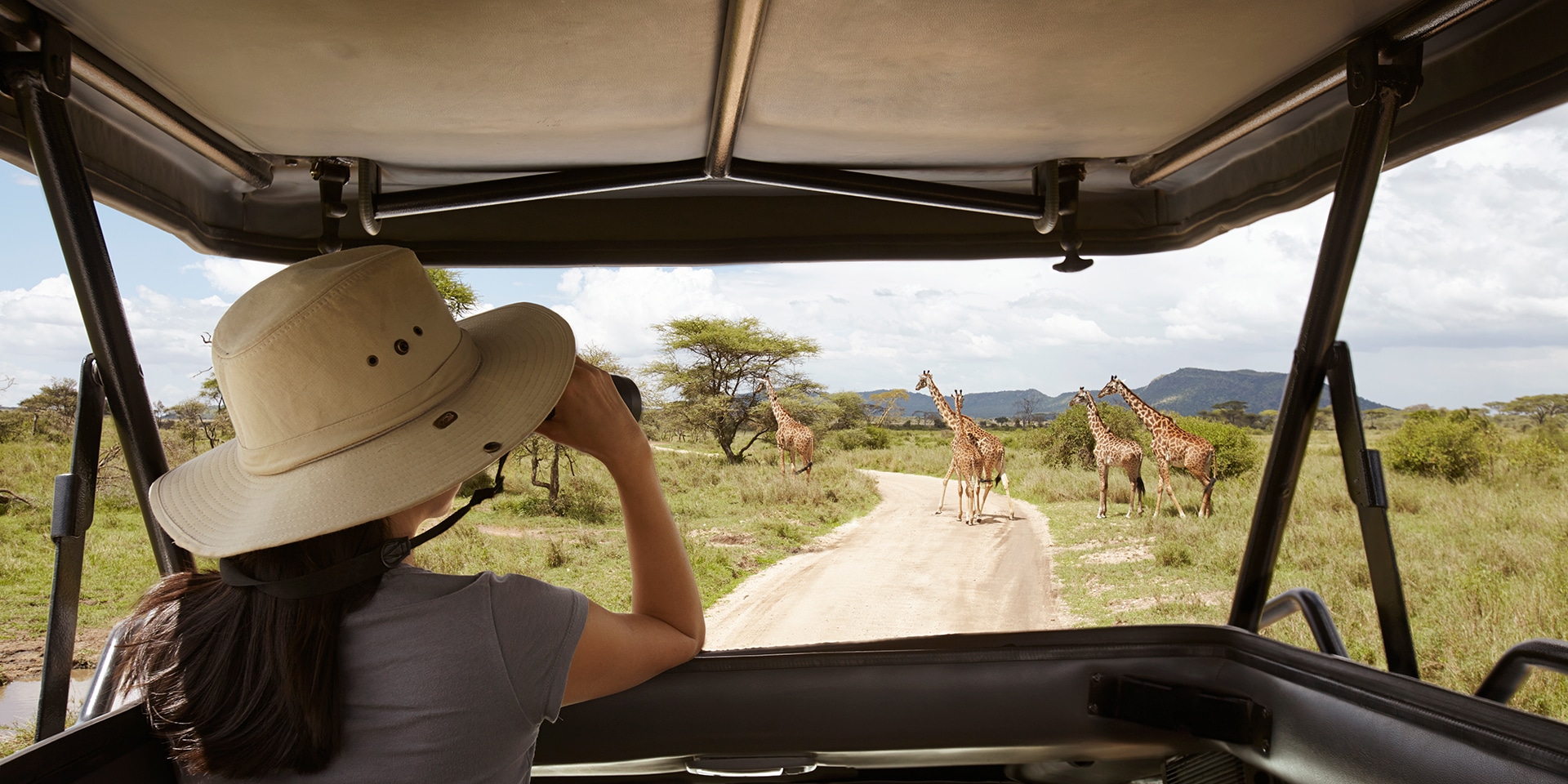When you commit to going on safari, don’t settle for anything less than the best, and in Tanzania, the wildlife viewing is so extraordinary, it will literally feel like the animals are coming to you.
Depending on the time of year (typically between December and July), visitors have the once-in-a-lifetime opportunity to experience the Great Migration, a treacherous trek of survival that millions of animals take every year from the country’s Serengeti National Park and across East Africa’s plains.
It’s the circle of life in action (cue the “Lion King” theme song), and it’s possible to witness wildlife compete for food, mate and give birth — is there a bucket list item more magical?
As always, check for travel guidelines or closures before planning your trip.
When to Seize the Serengeti
Even though planning a trip around animal movement seems like a gamble, the best way to guarantee the ultimate adventure is knowing exactly when to go.
Peak season is between June and September, and while that means the park is going to be packed, it’s a small sacrifice to make to see wildlife actively roaming around. Plus, it’s the height of mating season and the ideal time to catch an epic wildebeest crossing at the Grumeti and Mara rivers.
Alternatively, December and March are also great months to safari: Thanks to the mating season a few months earlier, there will be newborn wildlife popping up seemingly everywhere. As an added bonus, these winter and spring periods fall outside of the peak safari months, resulting in fewer crowds and more affordable accommodations.
Flock to the Flamingos

It’s clear that the Tanzania game drive is one of the strongest, so there’s no reason to stress out about finding animals. “Hakuna matata,” right? In addition to easily encountering the infamous “Big Five” (aka the group of animals, including lions, leopards, rhinos, elephants, and Cape buffalo, known to be difficult to spot on foot), consider tracking flamingos for a pop of color in your itinerary.
While the brightly colored birds can be unpredictable given the different factors that affect their migration patterns, they like to gather around the Ngorongoro Crater and Lake Manyara. Don’t miss out on seeing so many flocks all at once; it’s a stunning view you’ll never forget.
All About Arusha
Do yourself a favor and pursue the predator-free Arusha National Park. This move may seem less exciting, but it actually gets you even closer to the wildlife through the park’s walking or canoe safaris.
It’s the perfect way to switch things up, instead of driving around all day in search of the next animal sighting. One more thing: Remember to look up, as Arusha has Tanzania’s largest giraffe population.
Up in the Air

Take your journey to the next level by soaring above the wilderness and opting for a luxurious hot air balloon safari. With a glass of Champagne in hand, there’s nothing like watching the herds travel through the plains from high above. If you can swing it, this is certainly a major must-do activity.




